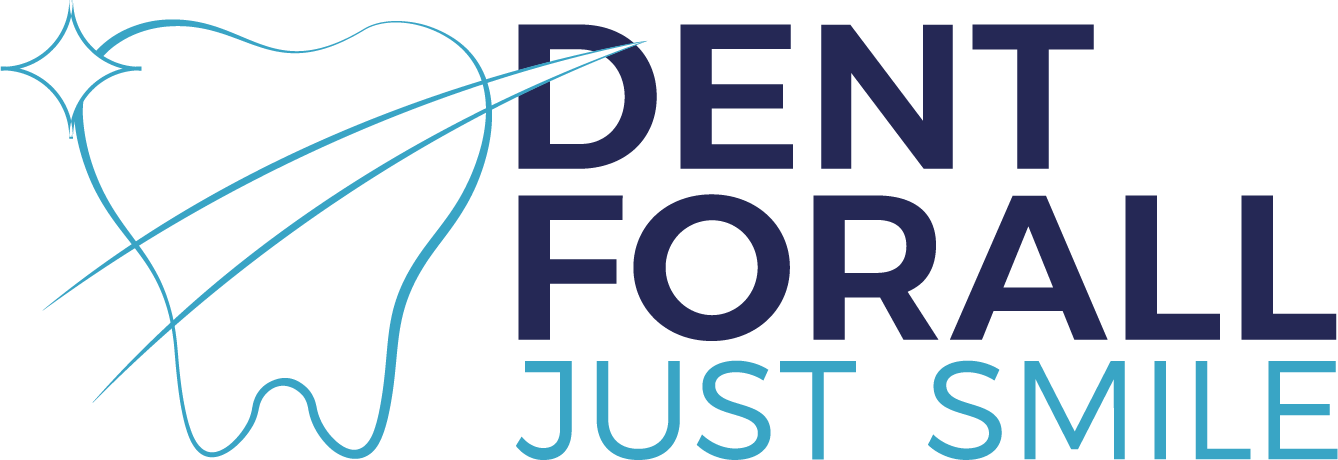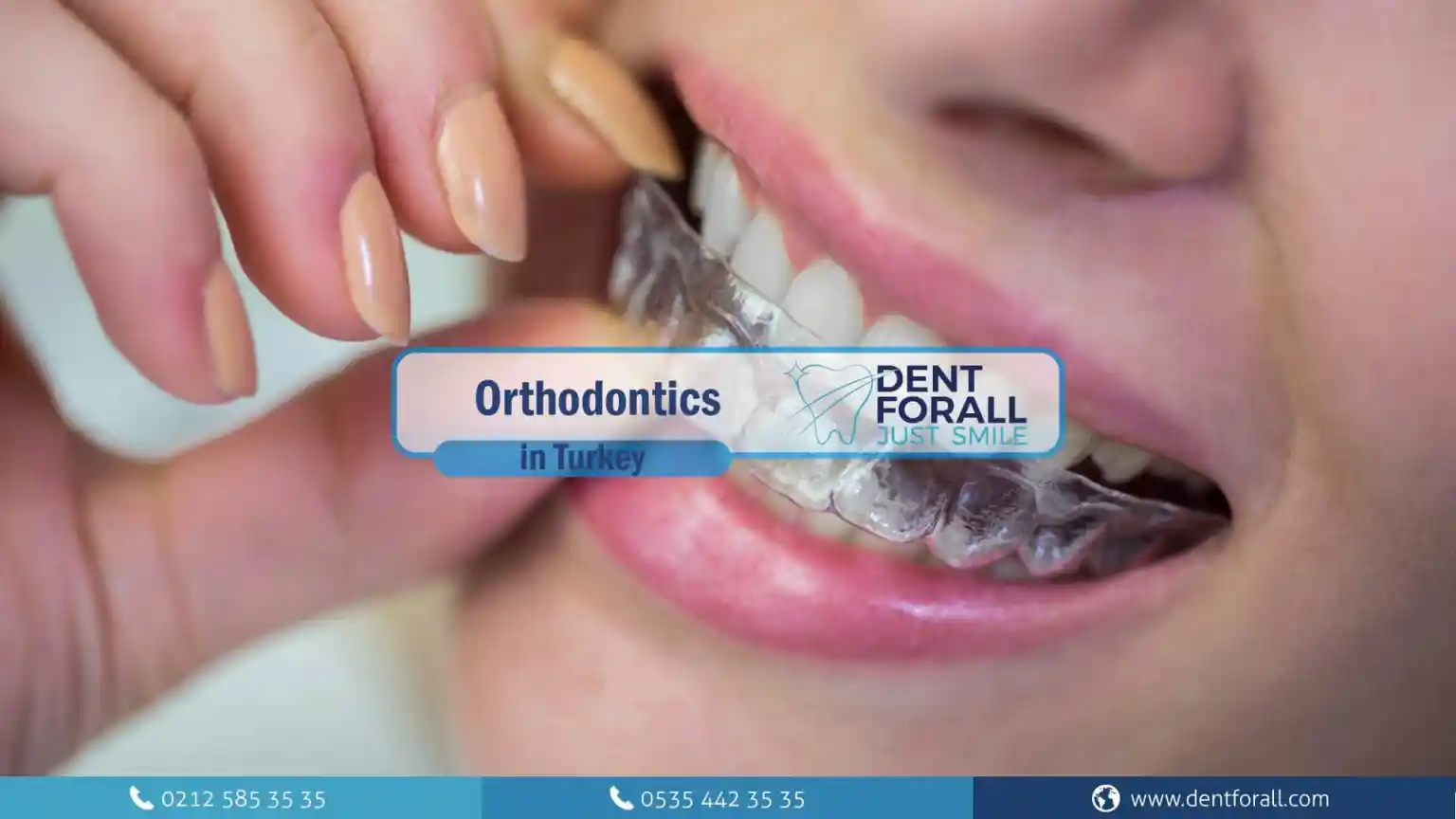Orthodontics in turkey
Orthodontics is a branch of dental surgery that corrects dental and bone malpositions. Malpositioned teeth are more difficult to clean and may be lost prematurely due to cavities and/or periodontal disease. These malpositions can lead to muscle tension responsible for headaches, temporomandibular joint disorders, and neck, shoulder, and back pain. Misaligned teeth can also seriously affect the beauty of a smile.
Some of the benefits of orthodontic treatment include a healthy mouth, a more attractive face, and teeth that are more likely to last a lifetime.
How do I know if I need orthodontic treatment?
Only your dentist, or orthodontist, can know if you need orthodontic treatment. A treatment plan will be decided based on a diagnosis made on the medical and dental history, a physical examination, plaster models, x-rays, and photos.
If any of the following apply to you, you may need orthodontic treatment:
Vertical overlap (Overbite) – when the upper teeth overlap the lower teeth too much
Prognathism – when the lower teeth are in front of the upper teeth.
Crossbite – when the upper teeth do not overhang the lower teeth.
Open bite – when there is no contact between the teeth when closing.
Midline mismatch – when the middle of the upper jaw does not match the middle of the lower jaw.
Diastema – spaces that exist naturally between teeth or caused by extractions.
Crowding – when there is not enough room for all the teeth and they are caused to overlap.
How is the orthodontic treatment carried out?
Several types of devices, fixed and/or mobile, are used to help move teeth, re-educate muscles, and modify jaw growth. These devices work by exerting light pressure on the teeth and jawbones. The complexity of your problem will determine the orthodontic approach to use.
Fixed devices include:
Orthodontic appliances – The most common fixed appliances use braces, wires (arches), and/or brackets (clips or locks). The rings enclose the teeth and serve to secure the arch to the posterior teeth, while the brackets are most often glued to the external part (buccal surface) of the anterior teeth, including the premolars. Metal dental arches are ligated onto the brackets and bands. The arches put pressure on the teeth, directing them to the correct position. The arches are usually adjusted once a month, with the result being achieved after a few months to several years. Orthodontic appliances today are smaller, lighter, and show much less metal than in the past. They come in bright colors for children, but adults often prefer colors that are as invisible as possible.
Special fixed devices – used to combat thumb sucking or the interposition of the tongue, these devices are attached to the teeth by braces. These devices are extremely uncomfortable during meals and should only be used as a last resort.
Space maintainers – if a baby tooth falls out prematurely, a space maintainer is used to conserving the space created until the final tooth erupts. A ring is sealed on the tooth next to space and a wire welded to this ring comes to rest on the tooth located on the other side.
Removable devices:
The aligners – is, for adults, an alternative to fixed devices. These aligners move teeth in the same way as fixed appliances, without the use of wires or brackets. The aligners are virtually invisible and can be removed for eating, brushing, and flossing.
Removable space maintainers – these devices perform the same function as fixed maintainers. They have a resin base that is applied to the gums and neighboring teeth and space is maintained by hooks or a false tooth.
Jaw Repositioners – Also called aligners; these devices are worn either on the upper jaw or on the lower jaw and help to exercise the jaws




